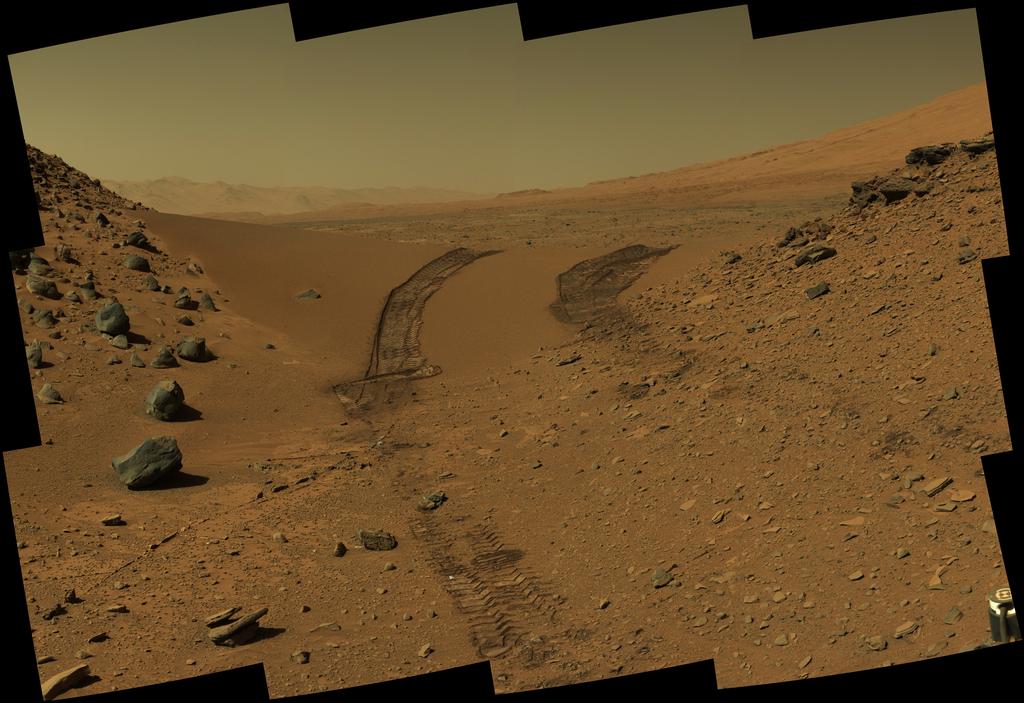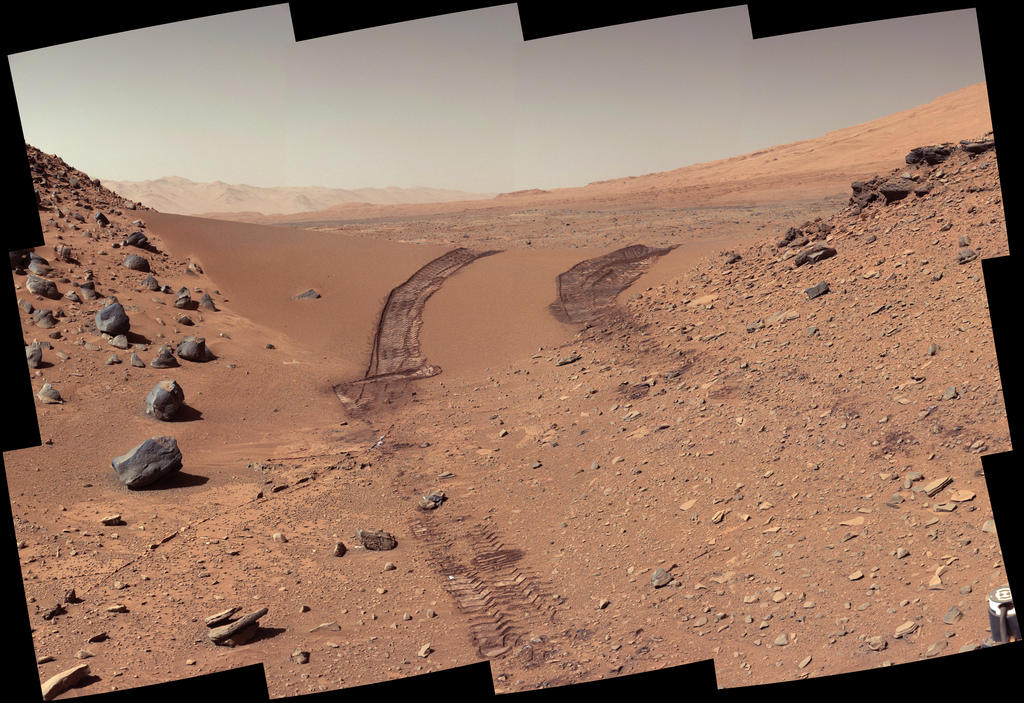Godstud wrote:I can definitely see the Conservatives here, who say it simply cannot be, and change shouldn't happen because it's impossible. 
Yeah, sure. We don't have a lunar colony because of Apollo 13. The whole Space Race sort of got stalled there, and we went with an Orbiter(Shuttles), instead. Now, however, there is actually private organizations who see a future in space exploration, despite what the traditionalists think.
Yes, the video gets things wrong, but these are things we can work around, and not necessarily conquer straight on.
Well, if you have a close look some of the conservatives and some of the progressives are saying it can't be done. And some conservatives and progressives are saying it can be done.
Kaiserschmarrn wrote:Whatever you and I remember, remind me what it has to do with the viability of space exploration and colonisation in the future. It's the plans of NASA and Musk/Spacex and their credentials that are relevant here. You and everybody else are of course welcome to question the feasibility, especially considering the short time frames we are talking about, but whether I endorse it or not should hopefully be irrelevant to anybody reading this thread.
In other news, NASA is looking into "hibernation" during space travel (in the future, just in case anybody is confused about that):
Reminds me of the Qeng Ho.
Hibernation would make a big difference in bringing down ship size. Mass means more thrust. More thrust means more fuel. I don't think people have a realistic idea of just how big a ship would need to be to sustain even a small team for 200 days in space and back again. But low metabolism would save a lot of life support resources.
Back to the gravity and cosmic radiation issues. The ship, even with hibernating crew, would still need artifical gravity. Sci fi often has a section of the ship rotating on the axis to create gravity through centrifugal force. I have never understood why they don't just spin the whole ship. Spaceship design doesn't have to follow Earth bound preconceptions. However, maybe there would be some utility in having a central core in weightlessness.
This spin could be used to create the magnetic field to provide shielding from cosmic radiation by designing the ship as a big electric motor. Cosmic radiation is charged, which is why magnetic fields can deflect those particles.
None the less, such a vessel would be testing our engineering skills and our technology. It would be no small project. It would have to be government supported. Umm, and assembled in orbit. Too big by far to launch, even with hibernation to reduce overall ship size.








 . But I think people have been spoiled by sci-fi movies like the one posted before. They think space is beautiful but in reality it looks rather bland. With the exception of Earth itself from orbit of course.
. But I think people have been spoiled by sci-fi movies like the one posted before. They think space is beautiful but in reality it looks rather bland. With the exception of Earth itself from orbit of course.










 - By late
- By late